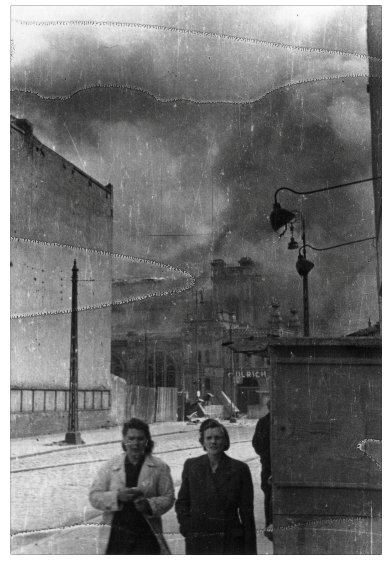A Freeze Frame from 76 Years Ago.
There were wars that we associate with a single photograph. Like the one with a man in a white shirt. He can barely stand, holding a rifle in his hand. Robert Capa captured the moment when a bullet hits the man. It's an image from the Spanish Civil War. Or like Nick Ut's photo, showing a ten-year-old girl with burns running down the street accompanied by her cousins and American soldiers. That's an image of the Vietnam War. However, if I had to point out one frame that I associate with the Warsaw Uprising, I would have trouble.
I have several images in my mind, always smiling faces of young people. Against the backdrop of ruins. They are usually younger than me, sometimes of a similar age, sometimes slightly older. They hold rifles or kittens in their hands, grenades or flowers, they embrace pistols or friends.
There are photographs that tug at your heartstrings, allowing us to peek into someone's life. We look at the picture as if there was no history behind it. We empathize and experience.
There are also photos that no one particularly stops to look at, because they're blurry, barely legible, like smoke obscuring all shapes after a bomb explosion. They resemble abstract painting - non-representational, eliminating direct references to forms.
On the Warsaw Uprising Museum's website, there are 8,000 photos documenting the occupation period. Both those that touch hearts and those that are blurred. 8,000 testimonies of history. Taken by self-proclaimed reporters: an athlete, a surveyor, a nurse, a platoon commander. They portrayed smiling faces, the wounded, sometimes bricks, sometimes death, trenches, life. Thanks to them, we can feel part of these scenes, not thinking about them as photographs - objects. And if we're attentive enough, perhaps we'll be able to hear something more. A collapsing tenement house in the distance, some human truth about war.

Photo by Józef Jerzy Karpiński “Jerzy”.
Elegantly dressed women walk along the former Solna Street, with the western part of Hala Mirowska burning in the background.
